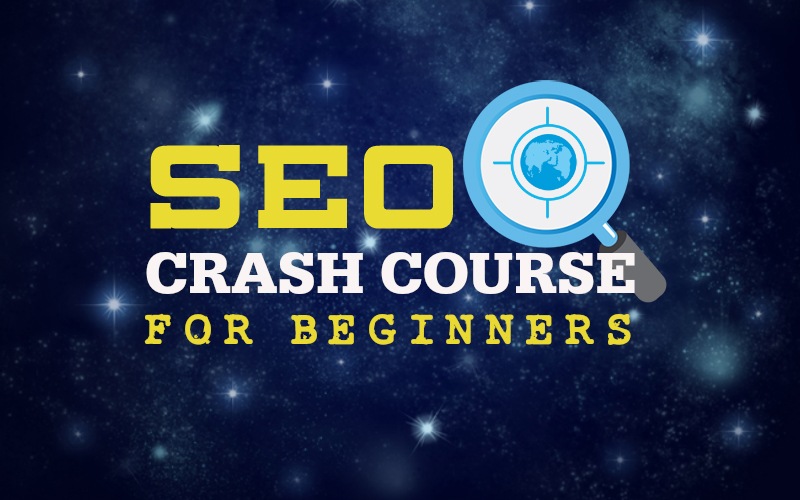The SEO FAQ: A Crash-Course in SEO for Beginners
If you’re new to SEO (search engine optimization), then it’s pretty easy to get overwhelmed by all the information floating around the web. A lot of this info is aimed at those who have advanced training in SEO, so beginners can get confused when they read it.
So let’s cut through the cloud of confusion with this crash-course in SEO for beginners…

What is SEO?
Search engine optimization is the art and science of optimizing your web pages so that search engines index them and rank them well for specific keywords. When Joe Blow goes to Google or Bing and searches for keywords related to your niche, your web pages will show up at the top of the SERPs (search engine results pages).
What do you mean this is an art and science?
The search engines use 200 or so different factors (AKA ranking signals) to rank your various web pages. Thing is, they keep their exact algorithms pretty close to their vest, so we don’t know exactly how they weigh each one.
A lot of very smart people study search engine rankings in order to determine these factors and figure out which ranking signals matter the most. They do a good job, so we know how to get the average page ranked well in the search engines. However, highly competitive pages are a bit more difficult to optimize, since their rankings come down to smaller factors.
What’s a competitive page?
High competition refers to you trying to rank for a specific keyword that a whole lot of other people are trying to rank for too. Generally, these are words that a lot of people are typing into the search engines every month, so naturally marketers want their pages to appear at the top of these results.
The key to your success – especially if you’re a beginner – is to choose the “low hanging fruit.” These are words that still have plenty of monthly searches, yet relatively little competition.
How do you choose the low-hanging fruit (AKA low competition keywords)?
You use a keyword tool like MarketSamurai.com or WordTracker.com. These tools tell you exactly what people are searching for in the search engines, how many searches there are per month for each keyword, and how much competition there is for each keyword.
Once you have a list of keywords, then you can optimize various pages of your site around these keywords using the top known ranking signals.
What are some of these ranking signals?
Here are a few of the top ranking signals.
-The site’s content includes the keyword. (Don’t stuff the page full of keywords.)
-The keyword appears in the navigation menu, in other links on the page, in Page Title, and other tags.
-The domain name includes the keyword. In other cases, the link itself will include it. (E.G, domain.com/keyword.html) You’ll also do better if your domain name is older.
-Trustworthy, relevant authority sites in your niche link to your page using the keyword as anchor text. (Quality of links is important, so don’t go after quantity from low—quality sites.)
-Whether your site is user-friendly. This includes fast-loading and mobile responsive.
If you want to know more about these factors, visit top SEO sites such as SearchEngineLand.com and SEOWatch.com.
Conclusion
So there you have it – a quick crash course in SEO. If this sounds like something you want to pursue, then you’ll want to get yourself access to a keyword tool so that you can start figuring out the best keyword for your site. And above all, just remember to design your site and write for the humans who visit it, not the search engine bots. Good luck!
